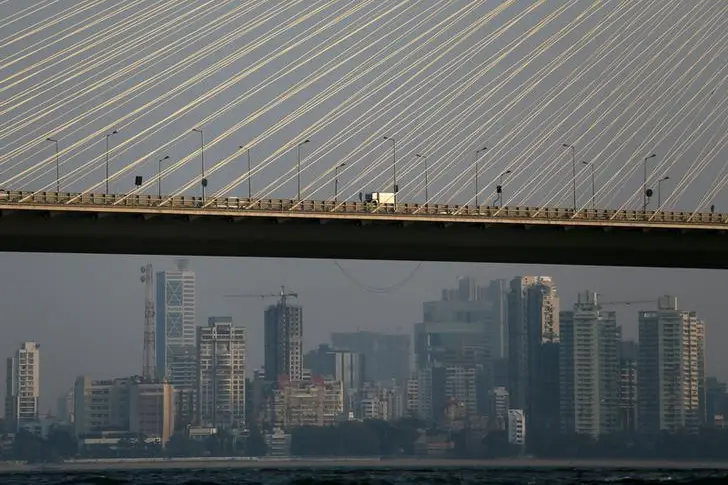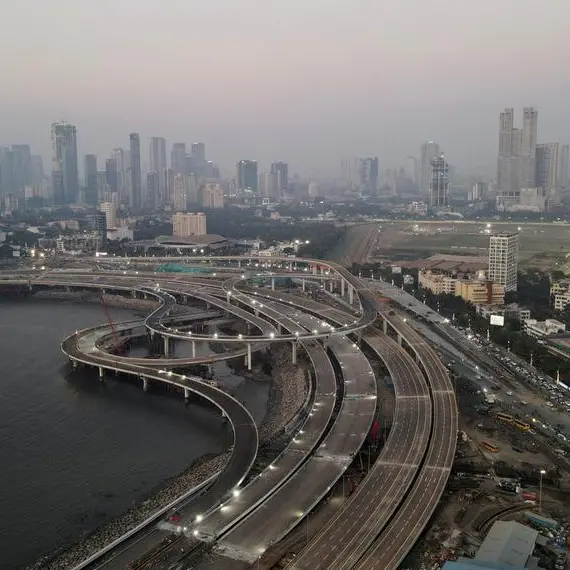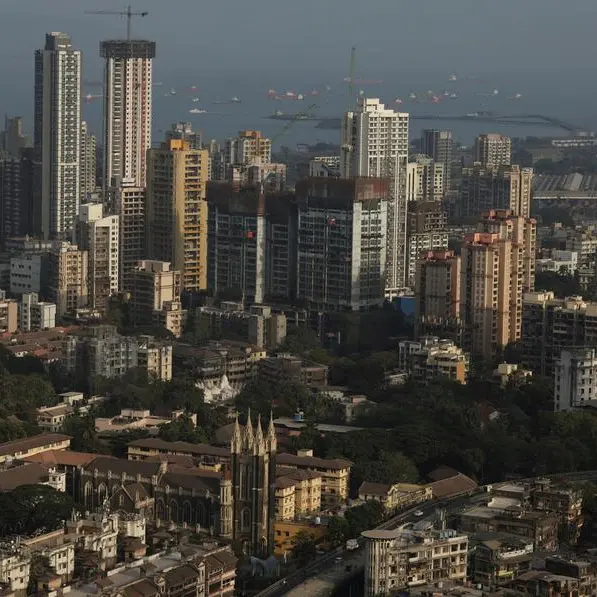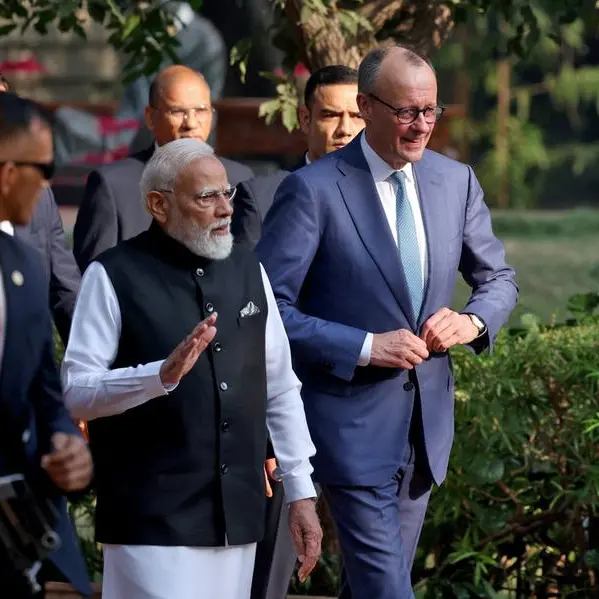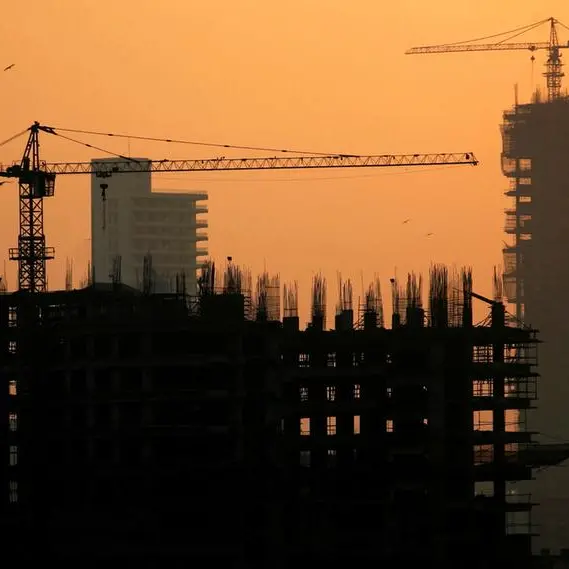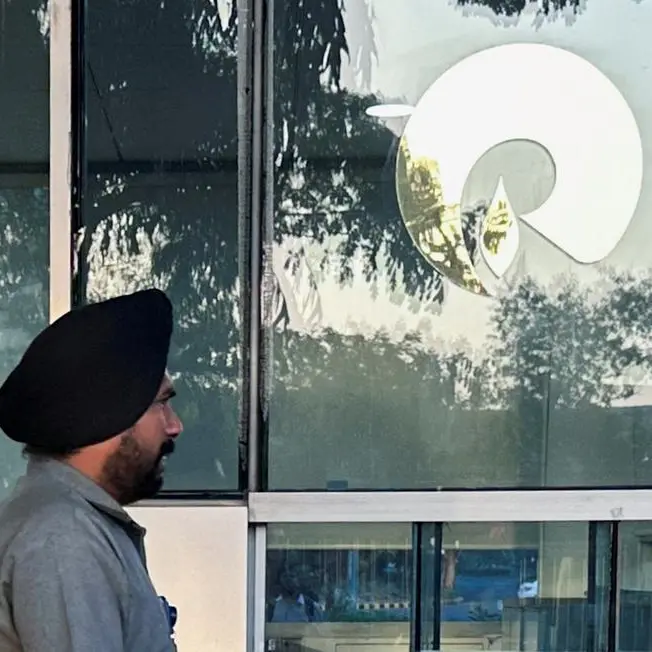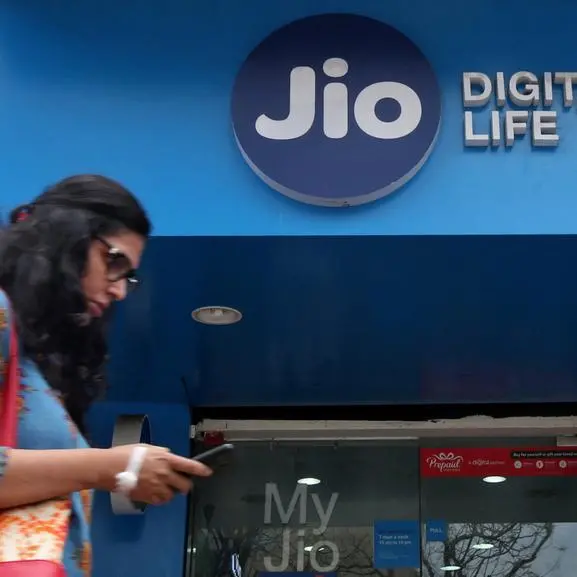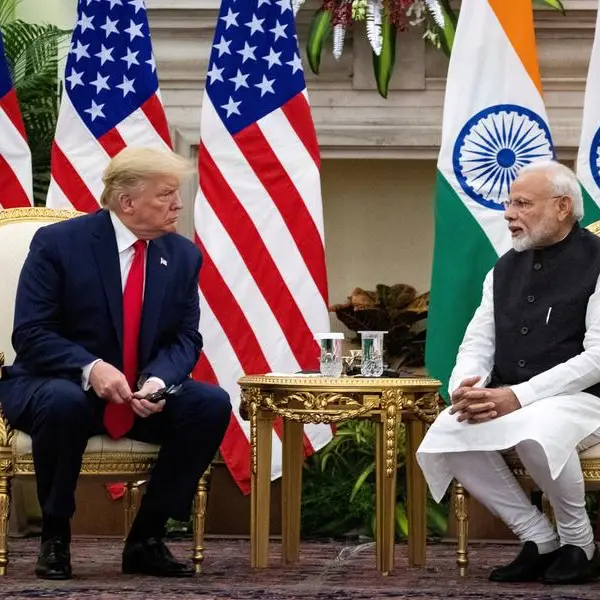PHOTO
The Indian economy is expected to grow in the range of six per cent to 6.8 per cent in the coming financial year 2023-24 compared to seven per cent in the current fiscal year and 8.7 per cent in 2021-22, according to an annual economic survey presented on Tuesday.
The survey report, tabled by Finance Minister Nirmala Sitharaman in the parliament after the president's address, on the first day of the Budget Session 2023-24, said the growth projection is broadly comparable to the estimates provided by multilateral agencies such as the World Bank, the International Monetary Fund, the Asian Development Bank and the Reserve Bank of India.
"The actual outcome for real GDP growth will probably lie in the range of 6.0 per cent to 6.8 per cent, depending on the trajectory of economic and political developments globally," the survey read.
The survey, traditionally unveiled a day ahead of the federal budget presentation, said that India remains the fastest-growing major economy in the world. GDP in nominal terms has been projected at 11 per cent in the next fiscal.
Chief cconomic advisor Dr V Anantha Nageswaran later said that the IMF in its World Economic Outlook Update has maintained India's GDP forecast for the current fiscal year at 6.8 per cent, the next fiscal year at 6.1 per cent and for 2024-25 at 6.8 per cent. India's economy is poised to do better in the remainder of this decade, Nageswaran said.
Analysts said the bright outlook reflects the robust post Covid economic revival in India on the back of a surge in private consumption, higher capex, firming up of corporate balance sheets, credit growth to small businesses and return of migrant workers to cities and towns.
The survey noted that India's recovery from the pandemic was relatively quick, and growth in the upcoming year will be supported by solid domestic demand and a pick-up in capital investment. Aided by healthy financials, incipient signs of a new private sector capital formation cycle are visible and, more importantly, compensating for the private sector's caution in capital expenditure, the government raised capital expenditure substantially.
India’s economy, the world’s third largest economy in PPP (purchasing power parity) terms and, fifth largest in terms of exchange rate, has nearly "recouped" what was lost, "renewed" what had paused, and "re-energised" what had slowed during the pandemic and since the conflict in Europe, said the survey.
The report said the economy is well placed to grow faster in the coming decade once the global shocks of the pandemic and the spike in commodity prices in 2022 fade away. Timely policy intervention by the government in the housing sector, coupled with low home loan interest rates propped up demand and attracted buyers more readily in the affordable segment in FY23. Credit to Micro, Small and Medium Enterprises has grown by an average of around 30 per cent since January 2022 and credit to large industry has been showing double-digit growth since October 2022.
India is the largest recipient of remittances in the world receiving $100 billion in 2022. Remittances are the second largest major source of external financing after service export, it noted.
While India’s retail inflation rate peaked at 7.8 per cent in April 2022, above the RBI’s upper tolerance limit of 6.0 per cent, the overshoot of inflation above the upper end of the target range in India was however one of the lowest in the world. Borrowing cost may remain 'higher for longer,' entrenched inflation may prolong tightening cycle. RBI’s projection of 6.8 per cent inflation this fiscal outside the upper target limit, “is not high enough to deter private consumption, also not too low to weaken inducement to invest.”
Copyright © 2022 Khaleej Times. All Rights Reserved. Provided by SyndiGate Media Inc. (Syndigate.info).
